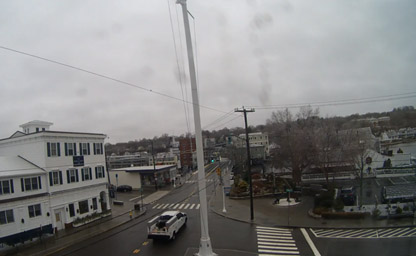
Mystic
A beautiful village and census-designated place in Groton and Stonington

A beautiful village and census-designated place in Groton and Stonington
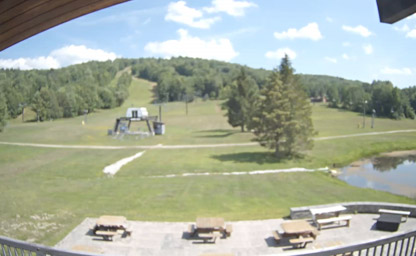
A beautiful town in Litchfield County, Connecticut
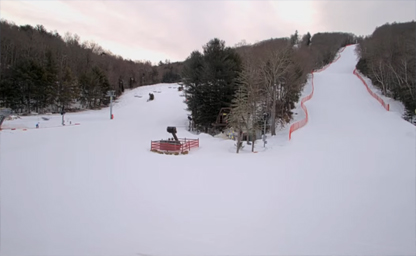
Ski Sundown has 70 acres (280,000 m2) of skiable terrain

See what the wait is to launch your boat at New London County
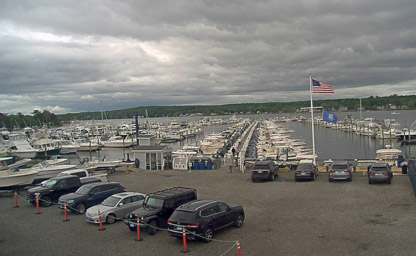
Boat owning doesn't get better than this
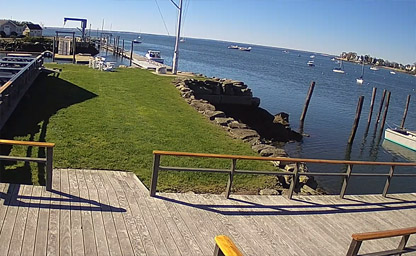
A city situated in Western Connecticut
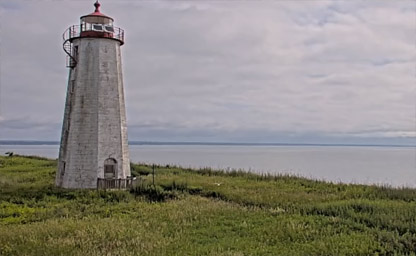
Connecticut’s second oldest lighthouse tower
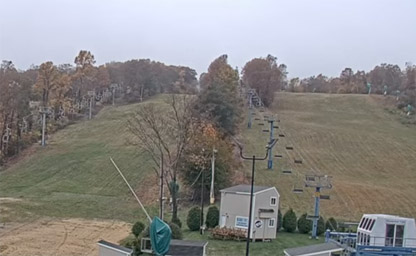
Situated between Waterbury, Bristol, and New Britain, Mt. Southington
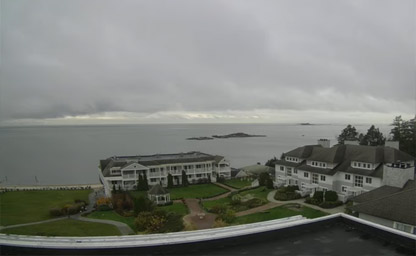
A top New England beachfront resort for vacations and getaways
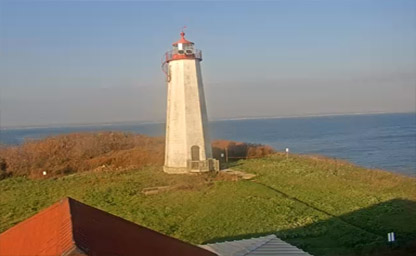
Located on Falkner Island which is off Guilford Harbor on Long Island Sound
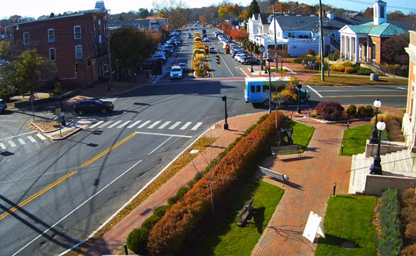
Shows the bustling intersection of Wall Street and the historic Boston Post Road (U.S. Route 1) in Madison Centre

A beautiful village and census-designated place in Groton and Stonington
Live feed cameras are essential for transportation authorities and commuters in Connecticut. Cameras installed along major highways such as I-95, I-91, and Route 15 provide real-time updates on traffic congestion, accidents, and weather-related road conditions.
Real-time video feeds enhance Connecticut's emergency response capabilities. These cameras assist law enforcement, fire departments, and medical teams in assessing situations promptly and accurately.
Connecticut’s charm lies in its historic towns, coastal beauty, and recreational spots, and live feed cameras offer a preview of these attractions for visitors and residents alike.
Live cameras in Connecticut play a key role in environmental observation. They are used to monitor ecosystems, track wildlife activity, and observe the impacts of climate change on the state’s varied landscapes.
The implementation of live feed cameras in Connecticut relies on advanced technologies:
While live feed cameras offer significant advantages, their deployment raises privacy concerns. Connecticut has established guidelines to ensure camera use respects privacy, including restricted placements and data protection measures.
As Connecticut continues to embrace smart infrastructure, live feed cameras are expected to evolve with advancements such as drone-based systems, enhanced AI-driven analytics, and renewable energy-powered setups.
Live feed cameras are a vital component of modern Connecticut, bridging technology and utility. From improving public safety to showcasing the state’s attractions and monitoring the environment, these systems reflect a forward-thinking approach. Whether tracking traffic conditions or enjoying a live view of the coastline, live feeds connect individuals to the heart of Connecticut in real-time.
Connecticut, one of the original thirteen colonies of the United States, boasts a rich and varied history that intertwines indigenous heritage, colonial settlement, and industrial evolution. Before European arrival, Connecticut was home to several Native American tribes, including the Mohegan, Pequot, and Quinnipiac peoples. These tribes thrived along the fertile river valleys, relying on agriculture, fishing, and trade. The Connecticut River, a defining geographical feature of the region, played a central role in shaping the lives and cultures of these indigenous populations.
In 1633, Dutch traders established a small fort at the site of modern-day Hartford, marking the first European presence in the area. Shortly thereafter, English Puritans arrived from Massachusetts, seeking religious freedom and fertile lands. By 1636, the settlement of Hartford was officially established under the leadership of Thomas Hooker, a dissenter from the Massachusetts Bay Colony. The Fundamental Orders of 1639, often regarded as the first written constitution in the Western tradition, were adopted in Connecticut, setting a precedent for democratic governance.
Connecticut played a pivotal role during the American Revolutionary War, earning the nickname "The Provision State" due to its substantial contributions to the war effort, including supplies, ammunition, and soldiers. Figures like Nathan Hale, a spy for the Continental Army, became enduring symbols of patriotism. Following independence, Connecticut continued to grow as a hub of commerce and innovation during the 19th century, driven by its burgeoning industries in textiles, firearms, and shipbuilding. Iconic companies such as Colt's Manufacturing and Winchester Repeating Arms emerged during this era, solidifying Connecticut's reputation as a center for advanced manufacturing.
Throughout the 20th century, Connecticut transitioned from an industrial powerhouse to a hub for finance, education, and technology. Prestigious institutions such as Yale University in New Haven have drawn global attention, fostering academic excellence and contributing to the state's cultural landscape. Connecticut’s history is also closely tied to its maritime heritage, with Mystic Seaport and the U.S. Navy's submarine base in Groton highlighting its longstanding connection to the sea.
Connecticut experiences a humid continental climate, characterized by four distinct seasons that showcase the natural beauty of New England. Winters are cold and often snowy, with temperatures averaging between 20°F (-6°C) and 35°F (2°C). Snowfall can vary significantly depending on the year, with the coastal regions generally receiving less accumulation compared to the inland areas and the Litchfield Hills.
Spring in Connecticut is marked by a gradual warming of temperatures, blooming flowers, and budding trees. By May, daytime highs typically range from 60°F (16°C) to 70°F (21°C), making it an ideal time for outdoor activities such as hiking and exploring the state's scenic parks. Summer brings warm and humid conditions, with average temperatures hovering between 75°F (24°C) and 85°F (29°C). The coastal areas, particularly along Long Island Sound, often enjoy cooler breezes that provide relief from the heat.
Autumn is perhaps the most celebrated season in Connecticut, as the state transforms into a stunning tapestry of red, orange, and gold foliage. The fall months, especially September and October, attract visitors from across the country who come to experience the famous New England foliage tours. Temperatures during this period are typically mild, ranging from 50°F (10°C) to 70°F (21°C), with crisp evenings that evoke the quintessential fall atmosphere.
Connecticut's proximity to the Atlantic Ocean influences its weather patterns, occasionally subjecting the state to coastal storms, including nor'easters and hurricanes. While these events are not frequent, they can bring heavy rainfall, high winds, and flooding, especially along the coastline. Despite these challenges, Connecticut’s climate remains a key draw for residents and visitors alike, offering a dynamic range of weather that enhances the state's appeal throughout the year.
Connecticut's geography is a blend of rolling hills, fertile river valleys, and picturesque coastal areas, making it one of the most geographically diverse states in the New England region. Covering an area of approximately 5,567 square miles, Connecticut is the third smallest state in the U.S., yet it packs an impressive variety of landscapes within its borders.
The Connecticut River, the longest river in New England, bisects the state from north to south, playing a crucial role in shaping its economy and history. Towns and cities like Hartford, Middletown, and Old Saybrook grew along its banks, benefiting from the river's role as a transportation and trade artery. To the west, the Litchfield Hills offer a rugged terrain characterized by forested mountains and charming small towns, ideal for hiking, skiing, and scenic drives.
Connecticut's coastline along Long Island Sound stretches for approximately 250 miles and features sandy beaches, tidal marshes, and vibrant waterfront communities. Cities like New Haven, Stamford, and Bridgeport are coastal hubs that combine urban sophistication with maritime charm. Mystic, a historic seaport village, is a popular destination that showcases the state's nautical heritage with attractions like the Mystic Seaport Museum and the Mystic Aquarium.
To the east, the Quiet Corner, also known as Northeastern Connecticut, is a rural region characterized by rolling farmland, quaint villages, and an abundance of outdoor recreational opportunities. This area is particularly known for its wineries, antique shops, and covered bridges that evoke a sense of timeless New England charm.
Connecticut's diverse geography also includes several state parks and forests, such as Sleeping Giant State Park, Pachaug State Forest, and the Appalachian Trail, which crosses the state’s northwest corner. These natural areas provide a sanctuary for wildlife and a haven for outdoor enthusiasts. Despite its small size, Connecticut's varied landscapes ensure that there is something for everyone, from beachgoers and hikers to history buffs and foodies.
For those exploring the state's geography, a must-visit destination is the Thimble Islands, a collection of small islands off the coast of Branford. This unique archipelago offers scenic boat tours and a glimpse into the state’s coastal ecology. Additionally, Connecticut's highest point, Mount Frissell, located on the border with Massachusetts, provides breathtaking views and challenging trails for adventurous hikers.
New Tip: When visiting Connecticut, consider timing your trip during peak foliage season in autumn or during the spring bloom for a truly unforgettable experience. An interesting fact: The town of Wethersfield, located along the Connecticut River, is often referred to as the "First Town" in Connecticut, as it was one of the earliest permanent European settlements in the state, established in 1634.